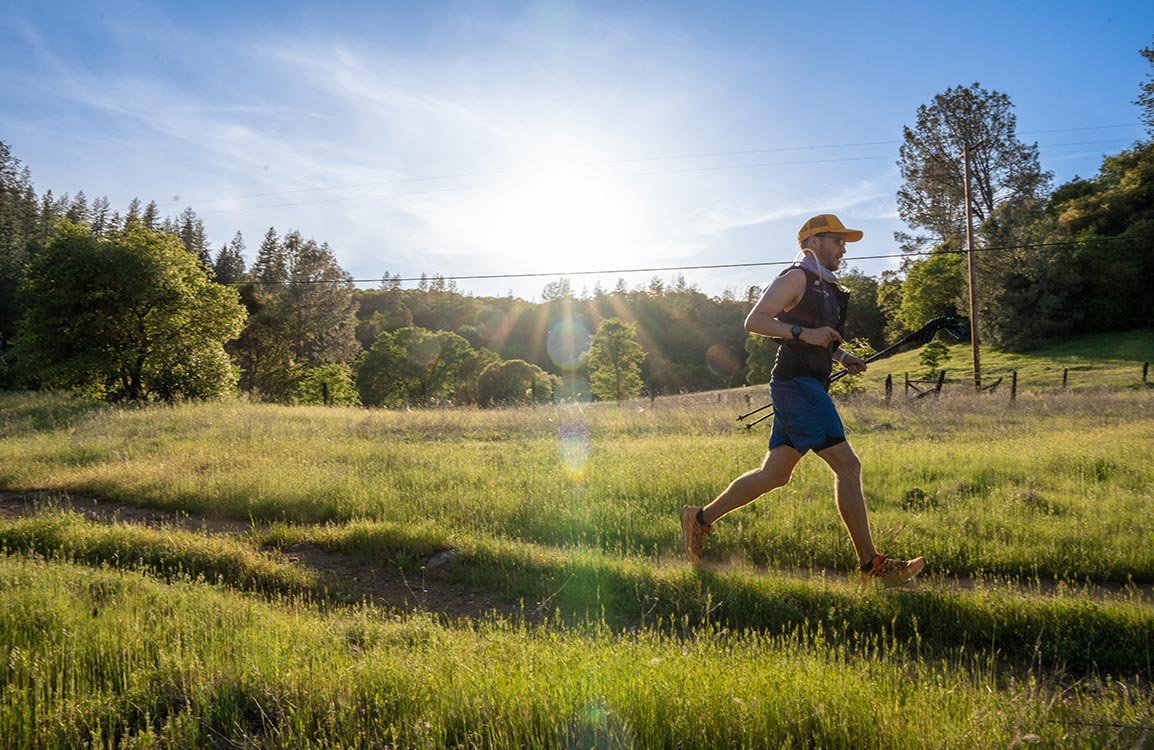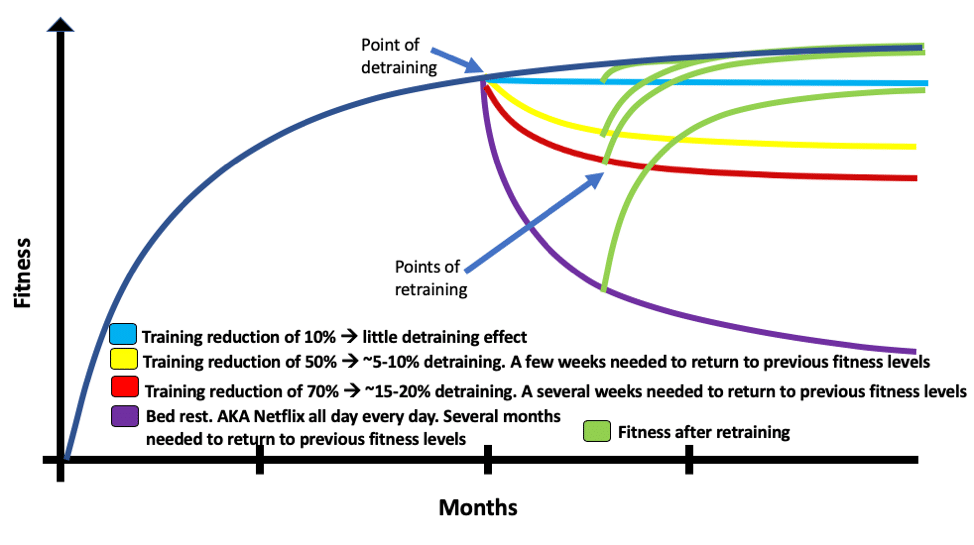
Creating a Successful Off-Season or Transition Phase for Ultrarunners
By Jason Koop,
Head Coach of CTS Ultrarunning
“Where did all my fitness go?” When athletes invariably ask that question in January, our coaches and I typically point people back to the drop off in training hours they completed between September and December. It’s really a shame to see athletes let so much of their hard earned fitness deteriorate through the fall and early winter. Don’t let this happen to you. It’s good to reduce training load and get some post-season recovery, but backing off too much means spending January – March merely getting back to where you were. It’s hard to make progress year over year when you spend three months catching up.
As you enter your off season, transition phase, down time, or whatever you want to call it, there’s a right way and a wrong way to approach your training during this period (I am going to use the words ‘transition phase’ here). Doing things the right way will balance rest, fitness and perhaps working on some weaknesses. Doing things the wrong way will dig a hole you will spend the first part of next year digging out of.
Start with long term thinking
If your season is winding down, now is the time to think long term. And by long term I don’t mean two to four months down the road. Think two to four years down the road. Two things should be on your mind:
- What ultra goals you want to accomplish
- What are your current strengths and weaknesses?
Using these two questions as framework, you can design your transition phase.
Next, anchor your calendar and create a Long-Range Plan
Many lottery systems like the Western States 100, UTMB, and Hardrock take years to wind through, so make a plan now as to how you are going to gain the points, tickets and qualifiers you need until you eventually make it into the race. These races serve as the anchors of your calendar. The various training phases, when to increase volume, and when to take a break can all move around these anchors. Relevant to this year’s off season (and next for that matter), if you plan out the timing and duration of your transition phase, what you accomplish during that phase will have a lot more clarity.
It’s at this juncture that I encourage athletes to create their Long-Range Plan (more on that here) which provides a 30,000-foot view of the training phases, goals, and trajectory of your training. Even if your race calendar is not set in stone, having a general framework in place for 1-2 years is a beneficial lens to have. Many times, the races change by a few weeks here or there, but the general architecture remains the same.
After that, take inventory of your strengths and weaknesses
Now that you have your Long-Range Plan developed, it’s time to take inventory of your strengths and weaknesses. One of the foundations of your Long-Range Plan should be to train your weaknesses far away from the event and strengths closest to the event. That makes this winter (assuming you do not have a big race during this timeframe) an excellent opportunity to work on your weaknesses. Your strategy here should be simple: if your weakness is climbing, then climb hard. If it is technical descending, find the most technical descent and run it over and over and over. If your weakness is speed, spend some time on the track and run fast. I’ve outlined several of these workouts you can do in an article here.
► Free Ultrarunning Training Assessment Quiz
Take our free 2-minute quiz to discover how effective your training is and get recommendations for how you can improve.
Remember to rest
All this being said, if you are tired from a long summer of training, you absolutely should take some time to rest, recuperate, heal up any nagging injuries, and put less pressure on yourself. Remember that your fitness does not go away after just a few days off. And, relatively little training is required to maintain the fitness you built over the summer.
Enjoying This Article? Get More Free Running Training Tips
Get our coaches' best training advice, delivered straight to your inbox weekly.
You can still organize your transition phase and take stock of your races, strengths and weaknesses, but you should not feel the overwhelming need to put a lot of training pressure on yourself. From a practical perspective, this means that the workouts you do should have more space between them (one day per week or once every 10 days as opposed to two days per week that you might do during peak training), you should incorporate more cross training as a substitute for running, or you should take an extra day off per week.
Your Transition phase is important. In many ways, it’s just as important as the work you during the peak of your season. It sets the tone for the remainder of the year. That tone can be one of progression or merely getting back to where you started from. If you have big plans for next summer, it’s up to you right now on what tone gets set. So, rather than take a giant step back, take some time to rest up, shore up your weaknesses and plan for the future!


Comments 1
Sir above article is very informative for Me. I am 53, Ht.163cms,wt.70kgs.Diabetic and Hyper tension patient, all readings are normal. I generally run 10/15miles per week.Please guide me to run 42k in Jan.2022. Now I can run 14km at 8min./km speed.
So,please guide and do the needful.